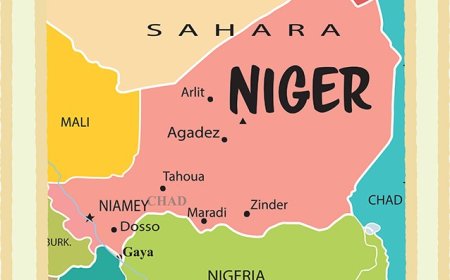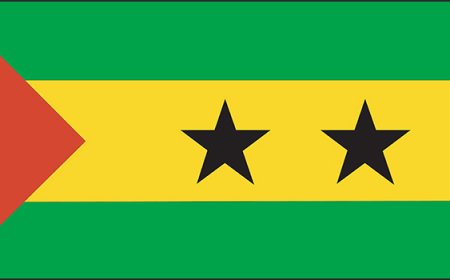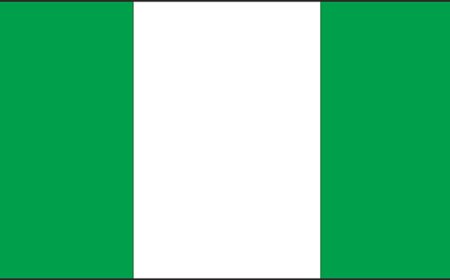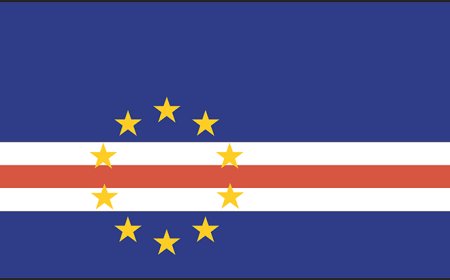Burundi Facts for Kids – Geography, History & Culture of East Africa
Learn about Burundi for kids. Discover its landscapes near Lake Tanganyika, stories of kingdoms and history, vibrant traditions, and cultural life in this East African nation
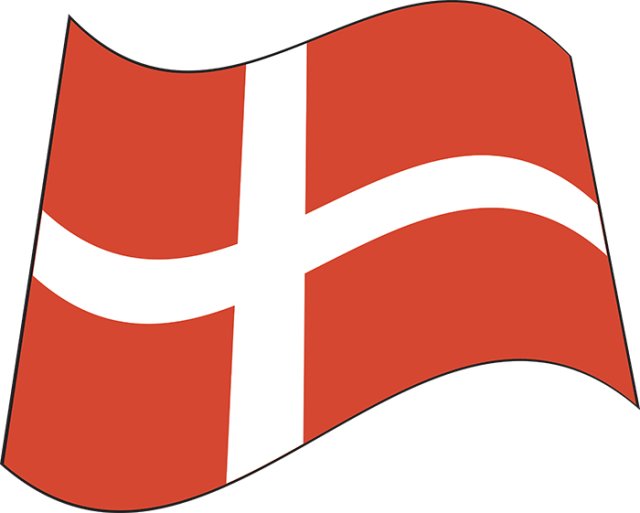
🌍 Introduction: A Small Country with a Big Heart
Nestled in the Great Lakes region of East Africa, Burundi is one of the continent’s smallest nations by land area, yet its story is as rich and complex as any larger country. Sandwiched between Rwanda, Tanzania, and the Democratic Republic of the Congo, Burundi’s high plateaus and valleys rise from the sparkling shores of Lake Tanganyika into rolling hills, earning it the nickname “Land of a Thousand Hills.” Burundi’s people have preserved ancient traditions even while facing colonial rule, independence struggles, and efforts to build lasting peace. Today, this young republic is working to expand education, improve farming, and share its vibrant culture with the world.
🗺️ Geography & Environment
Burundi covers roughly 27,800 square kilometers—about the size of Massachusetts—yet its terrain varies dramatically. Along the southwestern border lies Lake Tanganyika, the world’s second-deepest freshwater lake, whose shores support fishing communities and rare species. From the lake’s elevation of about 773 meters, the land rises to a central plateau averaging 1,500 meters, dotted by volcanic hills and fertile valleys. In the northeast, the Mugere and Ruvubu Rivers carve deep gorges, while the Mitumba Mountains form a scenic backdrop along the border with the DRC.
Burundi’s climate is tropical highland, with rainy seasons from February to May and September to November, and cooler dry seasons in the middle months. Average daytime temperatures on the plateau hover around 20–25 °C, while lakeside areas can reach 30 °C. These dependable rains nourish tea and coffee plantations, as well as subsistence crops like bananas and beans. Erosion, deforestation, and soil depletion pose environmental challenges, prompting conservation efforts in national parks such as Ruvubu and Kibira, which protect montane forests, wildlife, and vital watersheds.
🏛️ Government, Language & Population
Since gaining independence from Belgium in 1962, Burundi has been a republic with a president, parliament, and constitutional court. However, ethnic tension between the Hutu majority and Tutsi minority has fueled cycles of unrest, including civil war in the 1990s and early 2000s. A 2005 constitution established power-sharing and term limits, and recent elections have sought to balance representation. The capital city is Gitega, designated in 2019 to promote national unity, while Bujumbura remains the commercial hub on Lake Tanganyika.
Home to about 13 million people, Burundi is one of Africa’s most densely populated countries. Kirundi is the national language, spoken by virtually all Burundians, while French and English serve in government, education, and international affairs. Swahili is also common around Bujumbura’s markets. Over 90 % of the population follows Christianity, mostly Roman Catholicism and Protestant denominations, alongside traditional spiritual practices that honor ancestors and nature spirits.
🎭 Culture & Daily Life
Burundi’s culture blossoms in music, dance, storytelling, and daily community life. The drums of Burundi—the ingoma—are world-renowned: large, barrel-shaped instruments beaten in synchronized ensembles at harvest festivals, royal ceremonies, and national celebrations, invoking centuries-old rhythms of unity and power. Dancers wearing colorful headdresses perform the umushagiriro and umuduri dances, reenacting legends of creation and clan histories.
Most Burundians live in rural villages, where small plots of land are tilled by hand or with ox-drawn plows. Families rise before dawn to tend banana groves, vegetable gardens, and coffee shrubs, then gather at midday for ugali (a stiff porridge of cassava or cornmeal) served with stews of beans, greens, or fish. In towns, markets brim with fresh produce, handcrafted baskets, and secondhand clothing. School uniforms and crisp notebooks are prized possessions, though many children must balance studies with chores and farm work.
Churches and community centers often double as meeting places, where elders mediate disputes and families share news over cups of sweet milindi tea. Burundian hospitality shines when guests are welcomed with chicken, rice, and bananas, and invited to join in communal singing accompanied by the inanga, a flat, zither-like string instrument.
📜 History Highlights
Archaeological evidence shows human settlement in Burundi dating back 20,000 years, with ironworking societies flourishing by first millennium CE. The Kingdom of Burundi emerged around the 16th century, ruled by mwami (kings) who united local clans and fostered cattle herding, millet farming, and salt mining. Oral traditions remember Mwami Mwezi Gisabo (mid-19th century) as a unifier who resisted German colonial advances.
In 1890, Burundi became part of German East Africa, and after World War I, it passed to Belgian control within Ruanda-Urundi. Belgian administrators introduced cash crops and missionary schools, but also deepened ethnic classifications, sowing seeds of future conflict. On July 1, 1962, Burundi achieved independence under Mwami Mwambutsa IV, transitioning in 1966 to a republic led by Prince Ntare V and soon by Captain Michel Micombero, the nation’s first Hutu president. A series of coups, assassinations, and genocidal violence between 1972 and 1993 claimed hundreds of thousands of lives. A protracted civil war (1993–2005) ended with the Arusha Peace Accords, establishing ethnic quotas and returning mwami to a ceremonial role. Today, reconciliation commissions and truth-telling initiatives aim to heal wounds and build inclusive institutions.
💰 Economy & Resources
Burundi’s economy is overwhelmingly agricultural, with over 90 % of the population engaged in farming. Primary crops include coffee, tea, maize, beans, bananas, and cassava, grown on steep hillsides and terraced slopes. Coffee and tea are the main exports, providing essential foreign exchange, though prices fluctuate and yields remain low due to old trees and limited access to modern inputs.
Small-scale livestock rearing—cattle, goats, and poultry—supplements incomes. Artisans produce woven baskets, pottery, and wood carvings sold at local markets. Mining of nickel, uranium, and phosphates holds future potential but faces infrastructural and regulatory hurdles.
Burundi imports most refined petroleum, textiles, machinery, and food staples. The government, aided by international partners (UNDP, World Bank, African Development Bank), invests in road networks, rural electrification, and banking services to spur growth and reduce poverty—while contending with high population density, climate vulnerability, and regional instability.
🌿 Wildlife & Natural Beauty
Though small, Burundi boasts impressive biodiversity. The Kibira National Park on the Rwandan border preserves montane rainforest, home to chimpanzees, black-and-white colobus monkeys, and giant forest hogs. Ruvubu National Park protects savanna, riverine forest, and hippos along the Ruvubu River. Rusizi National Park, near Lake Tanganyika’s marshy delta, shelters crocodiles, water birds, and seasonal elephant herds that migrate from Rwanda.
Lake Tanganyika’s clear waters teem with over 300 species of fish, many endemic cichlids, vital for protein and income. Conservation challenges include deforestation for firewood, erosion from hillside cultivation, and poaching. Community forestry projects and park-based ecotourism seek to balance livelihoods with habitat protection, offering guided treks, birdwatching, and cultural homestays.
📚 Vocabulary List
Word Definition
Mwami Traditional king or ruler in the Kingdom of Burundi
Umuganda Community work day, often used for cleaning and communal projects
Ruvubu A major river and national park in northeastern Burundi
Ingoma Traditional Burundian drum, integral to music and ceremonies
Arusha Peace Accords 2000 agreement ending Burundi’s civil war, establishing power-sharing
Terracing Farming method on slopes to prevent erosion and conserve water
Inanga A flat, zither-like string instrument used in Burundian music
Kibira National park preserving Burundi’s montane rainforest
Landlocked A country entirely surrounded by land, without direct ocean access
Ecotourism Tourism focusing on conservation and local community benefit
🧒 Kid-Friendly Summary
Burundi is a small country in East Africa filled with green hills, deep lakes, and busy villages. People speak Kirundi, French, and Swahili, and most work on farms growing coffee, bananas, and cassava. Long ago, Burundi was ruled by kings called mwami, and today it is a republic learning to live in peace after many conflicts. Drums and singing bring everyone together for dances, and parks protect chimpanzees, hippos, and colorful fish in Lake Tanganyika. Burundi’s people are friendly, and they care for their hills with terraces and forests, hoping to build a bright future.
🎯 Interactive Quiz: What Do You Know About Burundi?
What lake borders Burundi to the west?
a) Lake Victoria b) Lake Tanganyika c) Lake Malawi d) Lake Turkana
What is a “mwami”?
a) A traditional drum b) A national park c) A king or ruler d) A type of stew
Which national park protects rainforest chimpanzees?
a) Ruvubu b) Kibira c) Rusizi d) Virunga
What language do nearly all Burundians speak?
a) English b) Swahili c) Kirundi d) Portuguese
What farming method helps prevent hillside erosion?
a) Slash-and-burn b) Terracing c) Irrigation d) Hydroponics
When did Burundi gain independence?
a) 1952 b) 1962 c) 1972 d) 1982
What does “ecotourism” mean?
a) Fast tours by bus b) Visiting forests to cut trees c) Tourism that helps protect nature d) Cruises on lakes
Which park is known for hippos and savanna in Burundi?
a) Rusizi b) Kibira c) Ruvubu d) Salonga


















































